|
If you've spent any time hiking over limestone "Karst" topography you'll understand what a brutal environment these calcium carbonate rocks create. Razor sharp walls, tumbling boulders, and unstable cliffs are a hiker's nightmare when not following well established trails. Originally formed as ancient coral reefs, uplifted archipelagos like Palau have been exposed to rain water and pounding waves for millennia. The results of 35 million years of erosion in Palau's case has been an exquisite collection of over 300 islands, 70 salt water marine lakes, caves, arches, siphon tunnels, and stunning tropical beaches.
From the air or by boat the islands appear to be lush and green. A closer look at the Botanical assemblage reveals a classic struggle to survive on a rocky, waterless, and nutrient poor environment. Given Palau's staggering marine biodiversity, most visitors arrive in Palau with dreams of multi-colored fish, giant mantas, teaming sharks, and pristine coral gardens. Few adventurers take the time to access the interior of the limestone forests. That's a tragic shame as the Botanical treasures of the Micronesian forests reveal some awe inspiring gems. Not only are the trees and flowers stunningly beautiful but they additionally highlight some magnificent adaptations to "Life on the Limestone." On Saturday September 23rd I paddled into the labyrinth of Palau's rock islands with my two children and some special friends. Our destination was The Valley of the Crotons. I named the site after the beautiful shrubs which are non-native to the limestone environments. Thus this valley was once inhabited or utilized by the people of the rock islands, "Chad era Chelbacheb," who abandoned their villages mysteriously over 500 years ago. This exceptional stretch of forest hides some of Palau's most precious species of trees, shrubs, and orchids. After a short jaunt into the forest we stopped to admire and photograph the colossal buttresses of the native Breadfruit Tree, Artocarpus mariannensis. The seeds can be boiled and eaten while the massive trunks have been used to make the hulls ocean going canoes. The admirable buttresses at first glance would appear to be an adaptation which increases the structural integrity of the trees within a rocky habitat. The solid limestone prevents tap roots from penetrating into the substrate, so this explanation sounds quite logical. However, more recent research suggest that the primary function of the buttress is to increase the surface area for gas exchange. Regardless of function, sitting beneath these magical life forms is a transformative experience. We continued our journey deeper into the canopy covered forest when my daughter spotted an irresistible natural jungle gym. She scampered over boulders and through thick vines to reach the towering prop roots of a strangling fig tree, Ficus microcarpa. The strangling fig begins its life, not on the forest floor like most hard working seeds, but at the top of the canopy, thanks to its delectable fruit. Native pigeons and doves consume the fruit then subsequently deposit the seeds (with fertilizer) on a host tree. The sprouting Ficus then spreads its branches above its host, while dropping its tendril like roots around the host's trunk. The unfortunate victim of the strangler eventually succumbs to starvation after the Fig leaves and branches blanket the host's canopy. Eventually the host tree will decompose leaving a perfect "cast" within the spiral of entangled Fig roots. This natural Botanical chimney provides a most excellent play ground for adventurous 8 year olds with an affinity for heights! Our final destination on the trail of the Botanically incredible, led us to a grove of bizarre trees known as Elaeocarpus rubidus. Sprouting from the base of the trees is a Rastafarian-like tangle of "Dread Lock" roots, which carpet the limestone rocks below. Like a soft woven matt, the sprawling roots make an ideal site for an afternoon nap beneath the cool shade of the forest. When not entertaining human visitors, the Broom Roots as they are often referred once again function to assist in gas exchange. As an air breathing mammal we can relate well to a tree's need to "breath" through its roots. Like us, each tree needs to find a niche, secure a source of water and nutrients, and grow. Ultimately, they flower, produce seeds, and disperse their propagules far and wide to continue the circle of life. As my own little offspring meandered back down the track to our waiting kayaks, I stopped to consider how much we have in common with the quiet giants we humbly walk amongst.
0 Comments
Your comment will be posted after it is approved.
Leave a Reply. |
Categories |
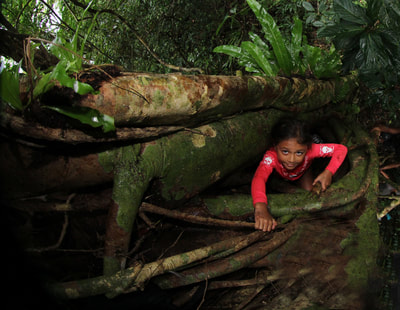
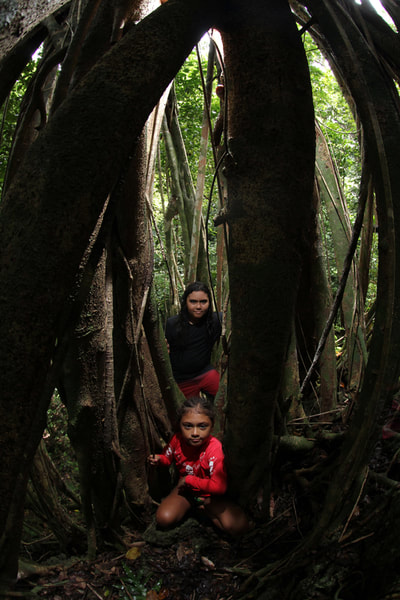
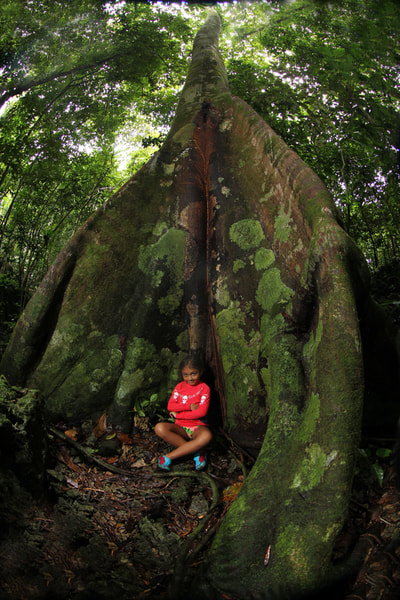
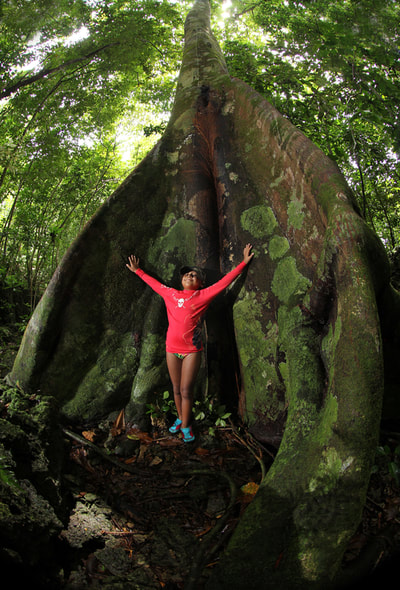
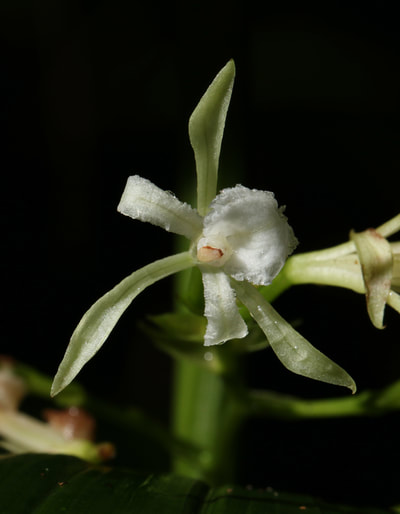
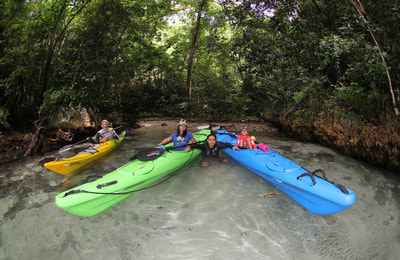
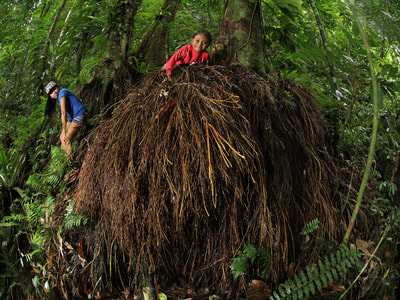
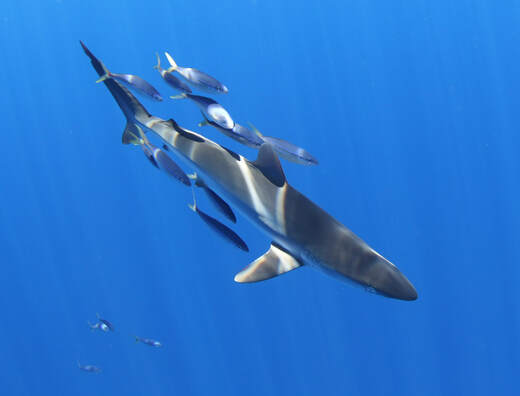
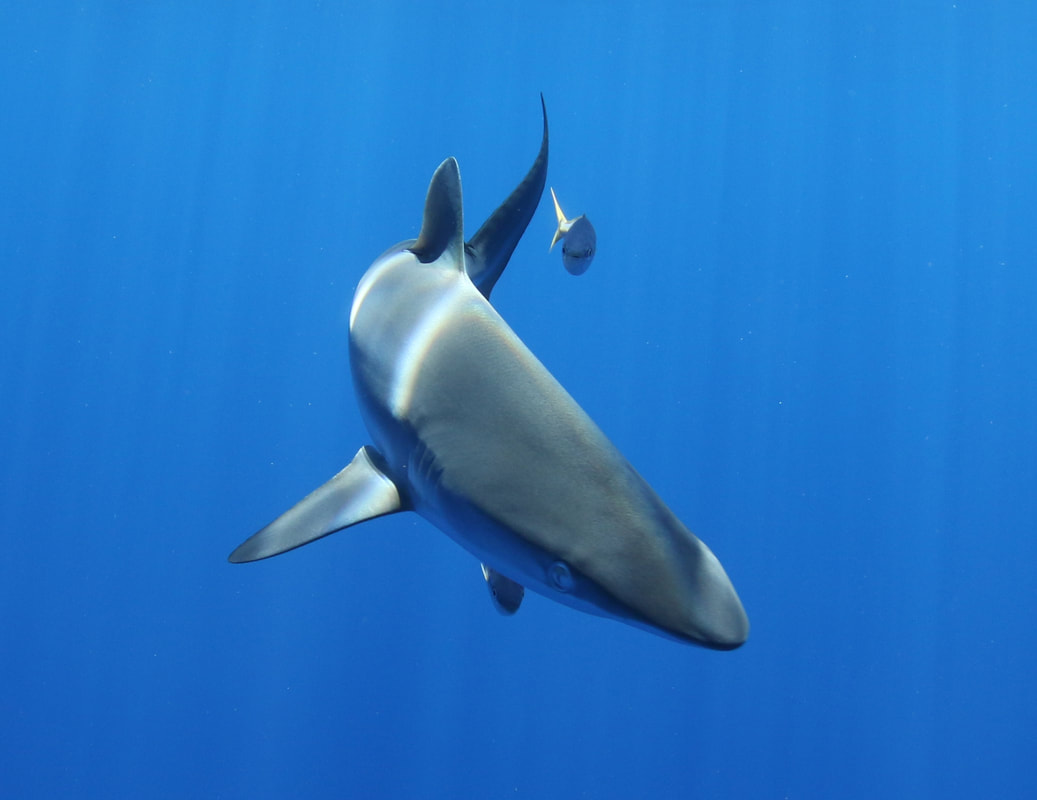
 RSS Feed
RSS Feed